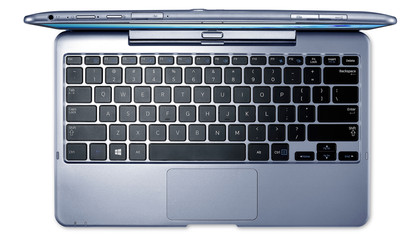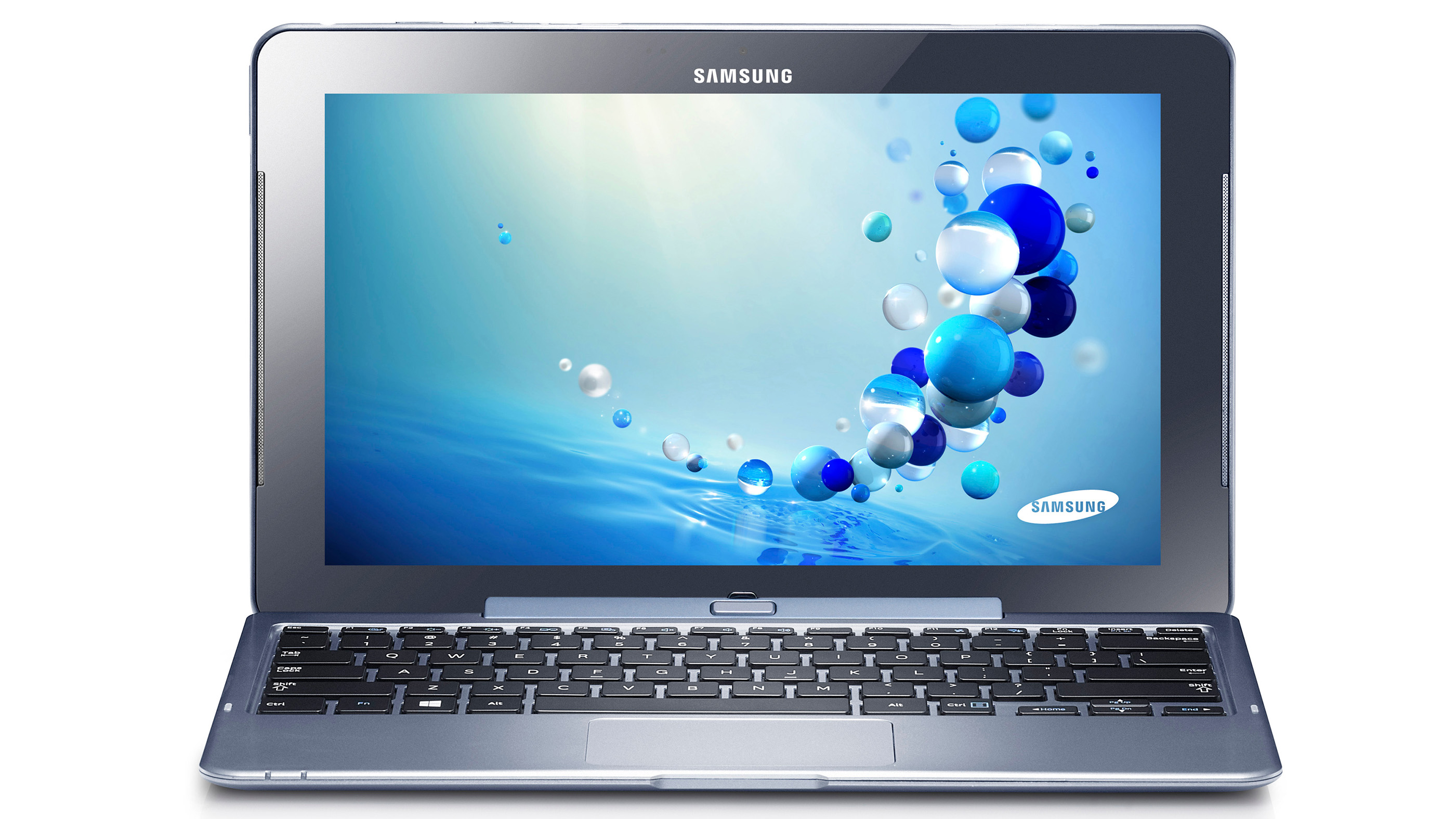Why you can trust TechRadar
The Samsung Ativ Smart PC XE500T1C is no Microsoft Surface Pro. Let's be absolutely clear on that from the start. Yes, it's a widescreen tablet. Yes, it docks with a keyboard. Yes, it runs full Windows 8 on an Intel chip. No, it is not a Surface Pro.
The key difference is the type of Intel chip used here: the Surface Pro has an Ultrabook-class Intel Core i5-3317U chip, as sported by the Toshiba Satellite U840 and Lenovo IdeaPad U410, among others.
The Samsung Ativ Smart PC instead offers an Intel Atom Z2760, which was designed to be competitive with the likes of the Tegra 3 chip used in the Surface RT (and myriad Android devices) in terms of power use. Intel doesn't list its power use levels the way it does for other chips, but does reveal that the Atom Z2760 is a lot smaller than the Core i5 chip used in the Surface Pro.
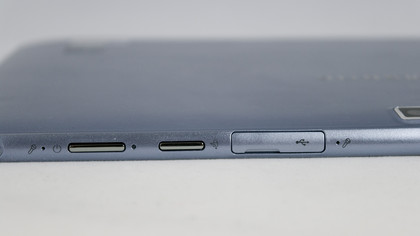
What we're looking at, then, is a processor that's heavily scaled back compared to what we'd expect to see in an Ultrabook or other home laptop. It's dual-core, and runs at 1.8GHz, as well as offering Hyper-Threading, so can appear as four virtual cores.
It's a system-on-a-chip, too, so it has graphics built in. Rather than Intel's own HD graphics, used in the Core i-series chips, the Atom Z2760 uses a PowerVR SGX535 GPU - the kind of thing more commonly seen in smartphones.
It runs at a remarkably high 533MHz, but isn't a very advanced part in the grand scheme - the GPU in theiPad 2 should best it for performance, let alone the iPad 4's graphical beast.
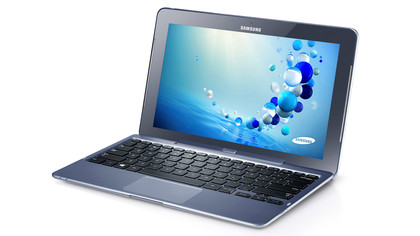
RAM is another area where significant corners have been cut compared to a normal PC processor: the Atom Z2760 offers 2GB of DDR2 RAM. This is competitive with the latest Android tablets, such as the Google Nexus 10, but is half as much as you get in the Surface Pro (and the type of RAM is slower). And let's not forget that this is running full Windows 8, so more RAM is generally better.
The display is 11.6 inches and features a resolution of 1366 x 768, which makes it roughly equivalent to an iPad 2 in terms of display density. It's a typical resolution for cheaper Windows 8 devices, including Ultrabooks with larger screens, making it sharper here than in many laptops.
The display is multi-touch, but also features a digitiser that works with Samsung's S-Pen, which sits in the bottom corner of the tablet, ready to be slipped out.
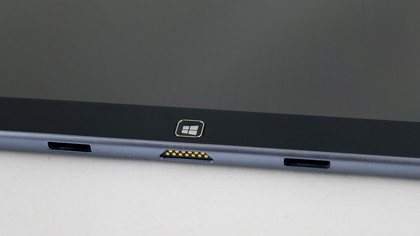
There's 64GB of fast SSD storage built in, but you won't actually be able to use that much. Much like the Surface Pro, a large chunk is taken up by the operating system. In this case, the amount of space available to use it just over 26GB. Which is quite a lot less than 64GB, as you've probably already worked out while spitting out whatever drink you were sipping on.
There is, however, a microSD port, so you can add more available storage that way. In terms of connectivity, you're not doing too badly for a tablet of this price in other areas. You've got one USB port on the tablet, with the clamshell adding another two. A micro-HDMI port offers video-out functionality, while there's the requisite headphone/microphone port.
Wirelessly, you're able to connect to Wi-Fi networks (802.11a/b/g/n), and it offers Bluetooth 4.0.
